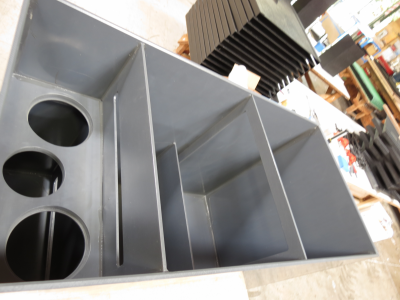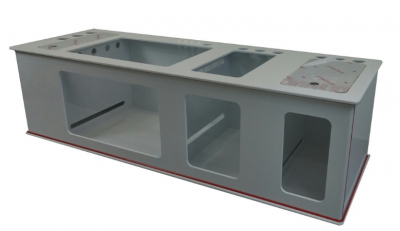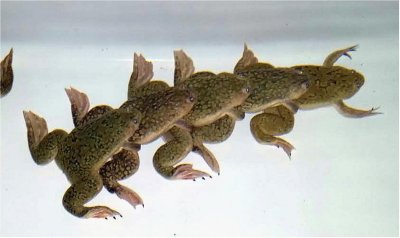As I look at diy projects (reactors, top offs, etc) they are usually made out of plastic 2 litre bottles. My question is if this is safe? While google isn't showing anyone else showing my concern, I'm worried about the plastic breaking down over time and leaving a large "puddle" on my floor. Thoughts?
Thanks
Thanks





















